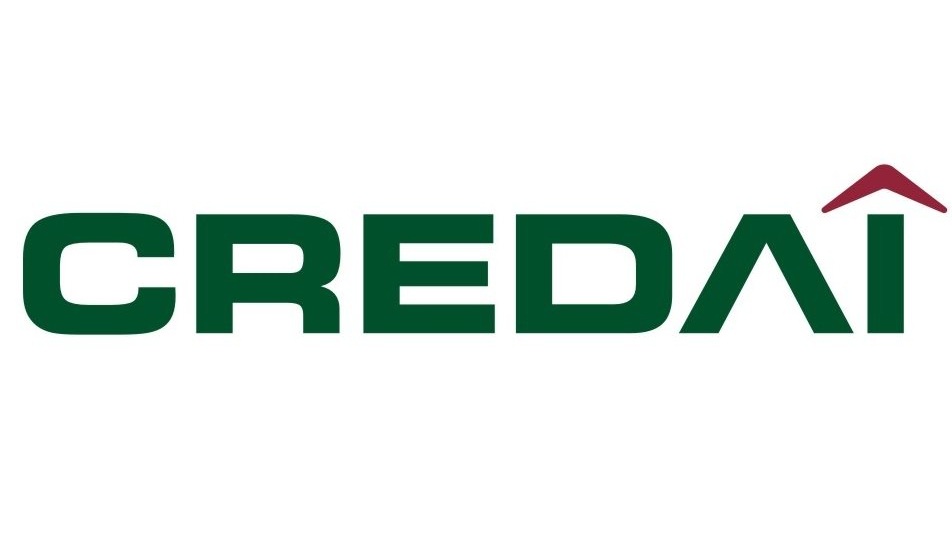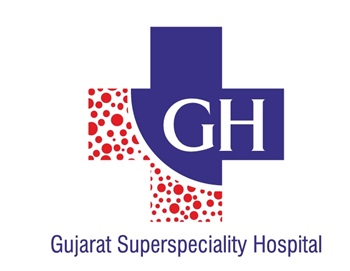- NCR topped the chart in revenue contribution, accounting for 26% of the market share, followed by MMR at 23%
- Pune and Hyderabad showed diverging trends, with the latter witnessing a sharp rise in launches and a shift towards luxury housing, while the former witnessed a decline in both sales volume and value
- Ahmedabad and Chennai are emerging as growth cities, with Ahmedabad matching NCR in unit sales (approximately 25,000), while Chennai recorded the highest value growth rate at 23%
Mumbai : The Confederation of Real Estate Developers’ Associations of India (CREDAI), in collaboration with CRE Matrix, has unveiled the CREDAI India Housing Report July 2025, spotlighting a remarkable surge in India’s residential real estate market. The report records a record-breaking ₹3.6 lakh crore in primary housing sales across Tier-1 cities in the first half of Calendar Year 2025 (H1 CY25), marking a 9% increase from ₹3.3 lakh crore in H1 CY24. Despite a 4% decline in units sold (from 2.7 lakh to 2.54 lakh), a 14% rise in average ticket size from ₹1.24 crore to ₹1.42 crore underscores a growing consumer preference for premium and luxury homes.
| H1 Performance | |
| City | Units Sold |
| NCR | 25,000 |
| MMR | 75,000 |
| Chennai | 11,000 |
| Ahmedabad | 25,000 |
| Kolkata | 10,000 |
| Bengaluru | 30,000 |
| Pune | 45,000 |
| Hyderabad | 30,000 |
The report highlights significant regional variations, with the National Capital Region (NCR) leading the market with a 26% revenue share, fueled by a 21% increase in sales value and a 32% surge in average ticket size. Luxury flats priced above ₹3 crore accounted for 73% of NCR’s sales value, despite a modest volume of 25,000 units sold. The Mumbai Metropolitan Region (MMR) followed closely with a 23% revenue share, recording a 9% growth in sales value and 75,000 units sold, with a 16% increase in average ticket size. The share of homes priced above ₹3.5 crore in MMR rose from 29% to 34%, reflecting a strong tilt toward ultra-premium housing.
In the south, Chennai emerged as a standout performer, achieving a 23% increase in sales value with 11,000 units sold and a 12% rise in average ticket size. New launches in Chennai grew from 14,000 to 19,000 units, though the market share of homes below ₹70 lakh dropped from 23% to 17%. Bengaluru maintained steady growth with a 4% increase in sales value and 30,000 units sold, supported by a 17% rise in ticket size. However, the share of homes priced between ₹70 lakh and ₹1.5 crore declined from 38% to 32%. Hyderabad, while recording a modest 2% increase in sales value, saw 11% drop-in units sold (30,000 units) but a doubling of new launches from 23,000 to 42,000 units, indicating developer optimism despite slower absorption.
Ahmedabad matched NCR’s unit sales with approximately 25,000 units sold, posting a 10% increase in sales value and a 7% rise in ticket size. The city saw a sharp decline in new launches, from 31,000 to 11,000 units, yet affordable homes under ₹70 lakh gained a 2% market share, rising from 27% to 29%. Kolkata reported a 17% growth in sales value with 10,000 units sold and a 19% increase in ticket size. The market share of homes above ₹3 crore surged from 14% to 26%, though 53% of the market remained below ₹1.5 crore, reflecting a balanced buyer base. In contrast, Pune faced challenges, with an 8.5% decline in sales value and 14% drop-in units sold (45,000 units). New launches in Pune fell from 61,000 to 39,000 units, and the mid-market segment (₹50 lakh–₹1 crore) saw a 5% decline in share, though ticket sizes rose by 7%.
The decline in new launches across most cities, from 98,000 in H2 CY24 to 82,000 in H1 CY25, signals a cautious approach by developers amid rising costs. However, the robust growth in transaction values highlights the sector’s resilience and the increasing premiumisation of the market.
Commenting on the report and the evolving market, Shekhar Patel, President, CREDAI, said, “We are witnessing a decisive shift in homebuyer preferences across India. The demand is clearly moving towards larger, better-located, and more premium homes—reflecting rising aspirations and improved purchasing power. A 21% growth in NCR’s housing value, despite lower volumes, is a clear indicator that quality and location are now more important than quantity. This trend is visible in markets like Kolkata and Chennai as well, where value growth outpaces unit sales. It marks a defining moment for Indian real estate—one shaped by ambition, confidence, and long-term vision. At CREDAI, we remain committed to working closely with policymakers, developers, and financial institutions to support this evolving market through greater transparency, sustainable practices, and inclusive growth.”
Abhishek Kiran Gupta, CEO & Co-Founder, CRE Matrix, said, “India’s Tier 1 housing markets have entered a new phase of value-driven growth. While unit sales saw a marginal dip in H1 CY’25, the ₹3.6 lakh crore in revenue—an all-time high—signals a clear consumer pivot toward larger, more premium homes. The 14% rise in average ticket size reflects this structural shift in buyer sentiment. NCR leading the charge with 26% revenue share, followed by MMR, further validates that aspiration and affordability are aligning at scale. As data suggests, India’s residential real estate story is no longer just about quantity—it’s about quality, confidence, and lifestyle.” India’s housing market is moving in a strong and positive direction, with growing demand for better and bigger homes. The rise in home values and buyer interest shows a confident and evolving real estate landscape across cities.







Leave a Reply